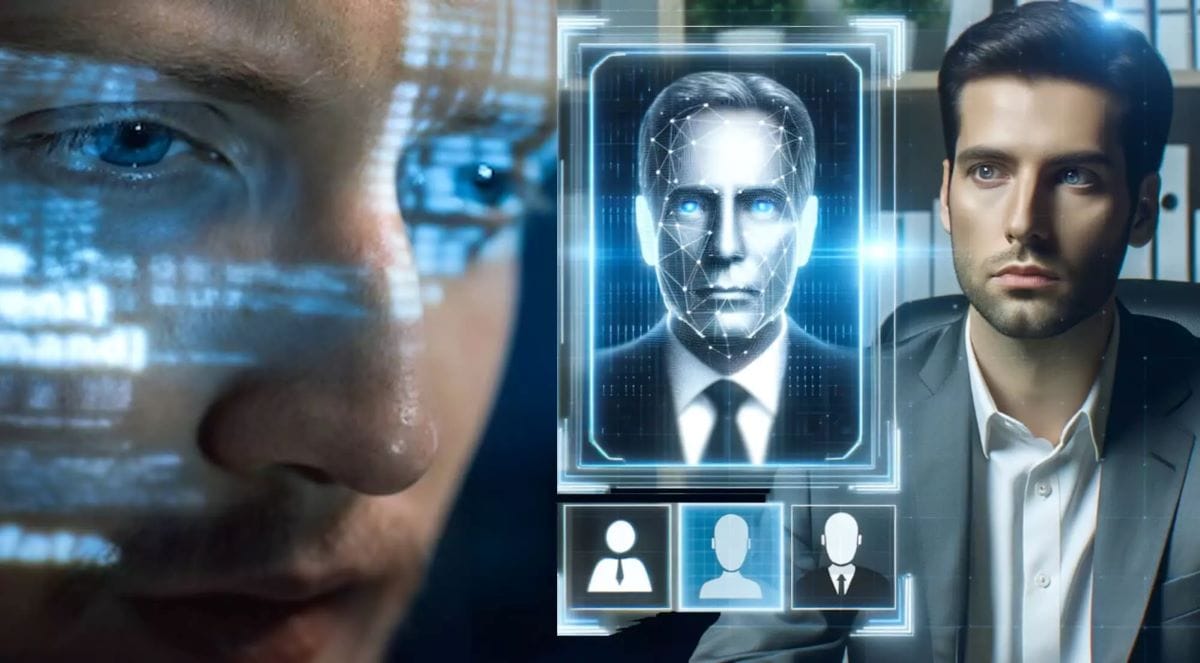Generative Artificial Intelligence (AI) has rapidly advanced, offering transformative capabilities across various sectors. However, these advancements come with emerging threats that pose significant challenges to individuals, organizations, and society at large. One such threat is Deepfakes and Misinformation: The AI-Generated Threat to Truth, which will be the first topic in this blog series on Generative AI. This blog explores the prominent risks associated with generative AI, provides illustrative examples, examines their current and future impacts on humanity, and discusses the adequacy of existing countermeasures.

Understanding Deepfakes: AI’s Dangerous Illusion
Deepfakes leverage Generative Adversarial Networks (GANs) to create highly realistic but entirely fabricated images, videos, and audio. The rapid evolution of AI-generated content is leading to an alarming rise in misinformation, cybercrime, and erosion of public trust.
Key Statistics on Deepfakes
📌 Deepfake video content is doubling every six months (MIT Technology Review).
📌 90% of online content could be AI-generated by 2026 (Gartner).
📌 $78 million lost due to deepfake scams in 2023 alone (FBI Cyber Crime Report).
📌 66% of people can’t tell the difference between a real and a deepfake video (University of California Study).
How Generative AI Fuels Misinformation
With advancements in natural language processing (NLP) and synthetic media, AI can generate fake news articles, cloned voices, and manipulated images that are nearly impossible to detect.
Example: AI-Generated Fake News
In 2024, a fake news article generated by an AI model claimed a financial collapse was imminent, causing a brief stock market panic before being debunked. This demonstrates how AI misinformation can influence global economies.
Real-World Case Studies: AI-Generated Misinformation in Action
📌 Case Study 1: The Fake Obama Video (2018)
What happened?
A viral deepfake video showed former President Barack Obama making offensive remarks that he never actually said. The video, created by AI researchers at University of Washington, was meant to showcase deepfake risks but was later used by malicious actors to spread misinformation.
Expert Insight:
“Deepfakes pose a serious challenge to democracy, as they erode the foundation of truth in political discourse.” — Dr. Hany Farid, UC Berkeley, Deepfake Researcher.
📌 Case Study 2: Voice Cloning Scam Defrauds a Bank ($35M Lost in 2023)
What happened?
In the United Arab Emirates, cybercriminals used AI-powered voice cloning to impersonate a senior bank executive, instructing employees to transfer $35 million into fraudulent accounts.
How it happened:
✅ AI trained on short voice samples to create a perfect clone.
✅ Hackers called employees and gave fraudulent instructions.
✅ The money was transferred before the scam was discovered.
Financial Impact:
- $35 million was lost before security teams could react.
- Interpol warns that AI-driven fraud will rise by 500% in the next five years.
📌 Case Study 3: Deepfake Election Disinformation (2024 US Elections)
What happened?
Leading up to the 2024 US Presidential elections, deepfake videos surfaced showing candidates making racist remarks—even though they never said them. These fake clips spread rapidly on TikTok, Facebook, and WhatsApp, manipulating voter sentiment.
Impact:
✅ Voters misled, leading to distorted election debates.
✅ Increased political polarization and distrust in news sources.
Expert Insight:
“Deepfake technology has the potential to dismantle democratic institutions if left unchecked.” — Nina Schick, AI Ethics Expert.
The Dangerous Implications of Deepfake Misinformation
1. Political Manipulation and Fake Campaigns
Generative AI is increasingly being used to create fake speeches, altered political ads, and misleading news, making it difficult for voters to distinguish fact from fiction.
Example: AI-generated fake news influenced Brexit debates, according to the Oxford Internet Institute.
2. Financial Fraud and AI-Driven Scams
AI-generated voices are tricking companies into transferring millions to fraudsters. Cybercriminals are using AI to bypass security verification systems.
Statistic: The FBI reported a 400% increase in AI-powered cybercrime in 2023.
3. Blackmail and Reputation Attacks
AI-generated explicit deepfake videos have been used for revenge, harassment, and blackmail, targeting individuals and celebrities alike.
Example: In 2023, AI-generated fake nudes of Taylor Swift were circulated online, sparking a global debate on AI ethics and privacy violations.
Countermeasures: How to Combat AI-Generated Misinformation
1. AI-Powered Deepfake Detection Tools
✅ Microsoft Video Authenticator – Detects manipulated videos.
✅ DeepMind’s SynthID – Adds invisible watermarks to AI-generated media.
✅ Facebook AI Model – Flags deepfake videos using forensic detection algorithms.
2. Digital Watermarking and AI Verification
✅ Adobe’s Content Authenticity Initiative (CAI) – Adds embedded metadata in media to track AI manipulations.
✅ Google Deepfake Detection AI – Cross-verifies video authenticity before publishing.
Expert Insight:
“By 2025, 80% of deepfake content will be detectable through AI-powered verification systems.” — Gartner AI Research.
3. Legislative Action: Governments Taking Action
✅ DEEPFAKES Accountability Act (USA) – Criminalizes malicious AI-generated media.
✅ EU AI Act – Enforces strict AI disclosure policies for synthetic content.
✅ China’s Deepfake Law (2023) – Requires AI-generated media to be watermarked as synthetic.
The Future: A Never-Ending AI Arms Race
While AI-driven detection tools are improving, deepfake creators are constantly finding ways to bypass safeguards. This has created a never-ending battle between deception and detection.
Future Concerns:
✅ AI-generated fake identities – Synthetic humans indistinguishable from real people.
✅ AI-enhanced phishing attacks – Emails and calls mimicking real individuals.
✅ Deepfake evidence in courtrooms – Fake video/audio used in legal cases.
Final Expert Takeaway:
“The deepfake crisis is not just a technological issue—it’s a global trust crisis.” — Sam Gregory, Deepfake Researcher.
Want to explore more about the world of Generative AI? Check out our blog “Types of Deepfakes: It’s Challenges and Detection Tools” to learn more about its impact and the future of digital security!”
Check out the insightful article “Artificial Intelligence, Deepfakes, and the Uncertain Future of Truth“ by the Brookings Institution, which explores the challenges AI poses to truth and trust.
What’s Next? The Hidden Dangers of AI-Powered Cybercrime
This is just the beginning of our series of blogs on Generative AI threats! While deepfakes continue to reshape reality, AI-driven cybercrime evolves at a rapid pace.
🔹 Are AI-generated scams the next big cybersecurity threat?
🔹 Can AI bypass even the strongest security systems?
🔹 How prepared are governments and businesses for AI-powered hacking?
Stay tuned for my next blog, where we uncover “AI-Powered Cybercrime: How Hackers are Using AI Against Us.” What are your thoughts on deepfake threats? Drop your comments below!


Leave a Reply